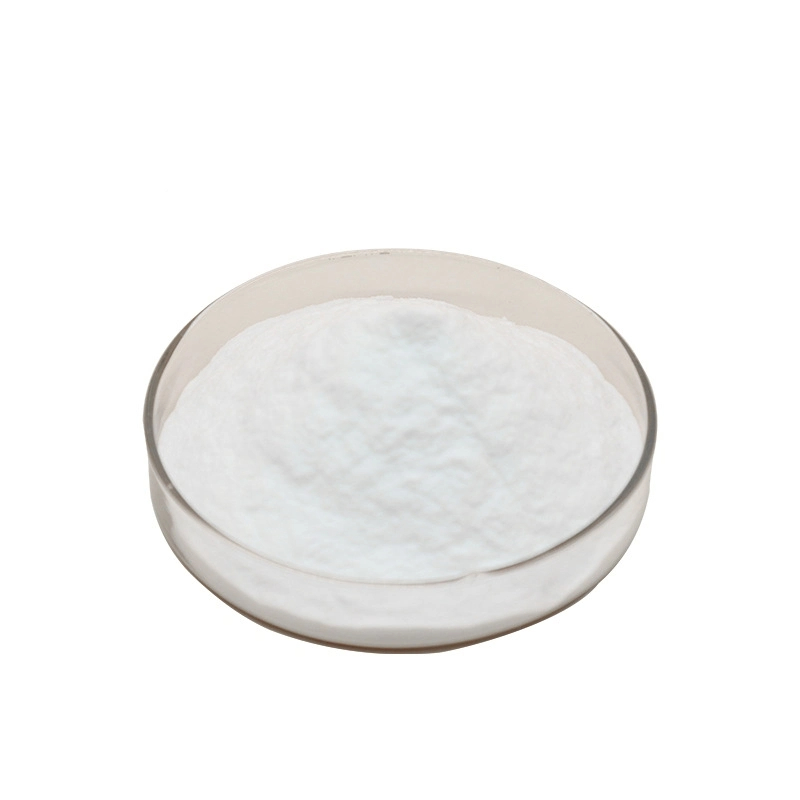



Sodium Bisulfate and Its Uses in Pool Water Chemistry and Maintenance
The Role of Sodium Bisulfate in Pool Maintenance
When it comes to maintaining a clean and safe swimming pool, pool owners often find themselves navigating a variety of chemicals and their functions. Among these, sodium bisulfate, also known as dry acid, plays a crucial role in keeping pool water balanced and free from unwanted contaminants. This article explores the properties, applications, and benefits of using sodium bisulfate for pool maintenance.
Understanding Sodium Bisulfate
Sodium bisulfate, a white crystalline powder, is a convenient and effective way to lower pH levels in pool water. It is a byproduct of sulfuric acid and is often favored for its ease of use. Unlike liquid acid, which can be hazardous and tricky to handle, sodium bisulfate is generally safer for everyday consumers. This compound dissolves quickly in water, making it ideal for quick adjustments during routine pool maintenance.
The Importance of pH Balance
Maintaining the correct pH level in a swimming pool is essential for several reasons. Ideally, pool water should have a pH range of 7.2 to 7.8. When the pH falls below 7.2, the water becomes more acidic. This condition can lead to several problems corrosive effects on pool equipment, discomfort for swimmers, and interference with the effectiveness of chlorine and other sanitizers. Conversely, if the pH rises above 7.8, the water can become too alkaline, leading to cloudy water and scale buildup.
Sodium bisulfate offers a practical solution for lowering high pH levels efficiently. By administering the correct dosage, pool owners can quickly restore balance and ensure that the water remains inviting and safe for swimmers.
How to Use Sodium Bisulfate
Using sodium bisulfate in pool maintenance is relatively straightforward. First, it is crucial to test the pool water using reliable test kits to determine the current pH level. When the pH is found to be above the ideal range, sodium bisulfate can be added.
To apply sodium bisulfate, dissolve the appropriate amount in a bucket of water before adding it to the pool. This step helps to ensure even distribution throughout the pool. It is essential to follow the manufacturer’s instructions and recommendations regarding dosage, as adding too much can lead to overly acidic conditions.
sodium bisulfate pool chemicals

After treatment, it's advisable to wait several hours before retesting the pH level. This waiting period allows the chemical to circulate and fully integrate into the pool water. Regular monitoring of chemical levels is necessary, especially after heavy usage or rain, which can alter the pool's chemistry.
Benefits of Using Sodium Bisulfate
The use of sodium bisulfate in pool maintenance offers several advantages
1. Safety As a dry product, sodium bisulfate is easier to handle than many liquid alternatives and poses less risk of spills and splashes.
2. Efficiency It acts quickly to lower pH levels, enabling pool owners to address imbalances promptly.
3. Cost-Effective Sodium bisulfate is often less expensive than other pH-lowering agents, providing a budget-friendly option for regular pool maintenance.
4. Compatibility It works effectively with most pool sanitizers, including chlorine, ensuring that the overall pool chemistry remains stable.
Conclusion
In conclusion, sodium bisulfate is a valuable tool in the arsenal of pool maintenance chemicals. By effectively managing pH levels, it helps to ensure that swimming pools remain safe, clean, and enjoyable for users. Understanding the proper usage and benefits of sodium bisulfate can empower pool owners to take control of their pool chemistry, leading to a better swimming experience while protecting their investment in pool care. Regular testing and thoughtful adjustment are key to achieving and maintaining the perfect pool water balance.
-
Why Sodium Persulfate Is Everywhere NowNewsJul.07,2025
-
Why Polyacrylamide Is in High DemandNewsJul.07,2025
-
Understanding Paint Chemicals and Their ApplicationsNewsJul.07,2025
-
Smart Use Of Mining ChemicalsNewsJul.07,2025
-
Practical Uses of Potassium MonopersulfateNewsJul.07,2025
-
Agrochemicals In Real FarmingNewsJul.07,2025
-
Sodium Chlorite Hot UsesNewsJul.01,2025










